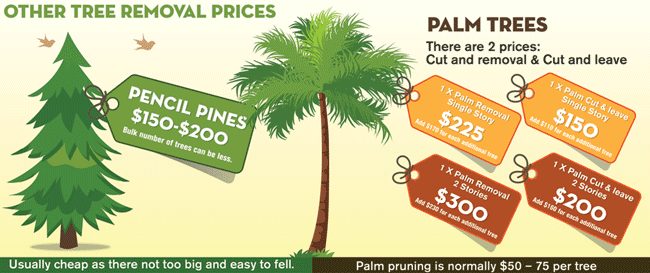After a tree's elimination, your landscape may look quite various, and it's important to evaluate the consequences meticulously. https://howtoremoveabigtreestump95062.dreamyblogs.com/35644709/the-vital-guide-to-stump-grinding-strategies-benefits-and-expenses 'll want to examine the dirt disturbance and inspect surrounding plants for any signs of stress and anxiety. Neglecting these aspects can lead to larger issues down the line. So, what should you make with those stumps and origins? And how do you select the most effective plants for your rejuvenated space? Let's discover these crucial actions.
Evaluating the Consequences: Reviewing Your Landscape
After a tree elimination, it's essential to evaluate your landscape to understand the influence it has on your backyard.
Beginning by examining the location where the tree stood. Look for simply click the next document of soil disturbance, and inspect the surrounding plants for any type of anxiety or damages.
You ought to additionally keep in mind of how the removal has actually changed sunlight direct exposure and airflow in your garden. This shift can impact the growth of close-by plants, so it's vital to evaluate their health and wellness.
Consider the aesthetic facets as well; the removal might produce an open space that you can redesign.
Ultimately, consider any kind of potential erosion issues that may occur from the tree's absence. Attending to these elements early will help restore equilibrium to your landscape.
Dealing With Stumps and Roots: Options for Elimination
When you've analyzed the results of the tree elimination, you'll likely require to tackle the stump and roots left.
You have a few options for removal. One reliable method is stump grinding, where a professional utilizes a machine to grind the stump to below ground degree. This method leaves marginal disruption to your landscape.
If you favor a do it yourself technique, you can utilize a mix of excavating and chemical stump eliminators. Simply keep in mind, this procedure can take time and initiative.
Additionally, take into consideration leaving the stump as an all-natural feature, which can work as a distinct yard aspect or environment for wildlife.
Whatever you select, dealing with the stump and origins is important for restoring your landscape.
Selecting the Right Plant Kingdoms for Your New Space
As you evaluate your freshly gotten rid of area, picking the right plants can substantially boost your landscape's appeal and performance.
Start by considering the sunlight and dirt problems. For warm areas, choose drought-resistant plants like lavender or succulents. In shaded spots, ferns and hostas prosper well.
Think about the dimension and development routines of your plants; mix perennials and annuals for seasonal selection. Don't forget to incorporate indigenous species; they need less maintenance and assistance regional wildlife.
Group plants in strange numbers for a more natural appearance and create layers for visual deepness.
Finally, ensure you have a mix of colors and textures to keep your landscape lively throughout the seasons.
Happy growing!
Verdict
To conclude, restoring your landscape after tree elimination is a fulfilling process. By examining the results, dealing with stumps and origins, and selecting the right plants, you'll produce a successful environment. Don't forget to include erosion control actions to safeguard your soil. With a little effort and care, you can change your space into a lively yard that improves your property. Accept the possibility to revitalize your landscape and enjoy the beauty of nature right in your yard!
